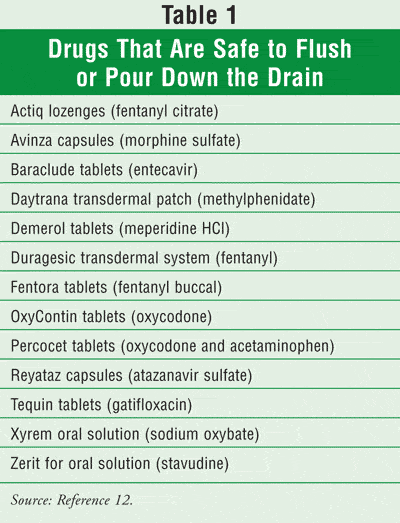List Of Controlled Substances Medications

Passenger guide - list of prohibited and restricted goods - Federal Customs Authority List of controlled medicines - Ministry of Health and Prevention (PDF) Avoid bringing banned items into the UAE - Dubai government portal Permitted luggage and items - Dubai Customs Travellers' guide - Dubai Customs (PDF, 759 KB). There are, however, a few prescription medicines that contain controlled substances and are especially harmful if taken accidentally by someone other than the patient.
List Of Common Controlled Substances
More Articles • • Drugs and other substances that are considered controlled substances under the Controlled Substances Act (CSA) are divided into five schedules. An updated and complete list of the schedules is published annually in. Substances are placed in their respective schedules based on whether they have a currently accepted medical use in treatment in the United States, their relative abuse potential, and likelihood of causing dependence when abused. Some examples of the drugs in each schedule are listed below. Schedule I Controlled Substances Substances in this schedule have no currently accepted medical use in the United States, a lack of accepted safety for use under medical supervision, and a high potential for abuse. Some examples of substances listed in Schedule I are: heroin, lysergic acid diethylamide (LSD), marijuana (cannabis), peyote, methaqualone, and 3,4-methylenedioxymethamphetamine (“Ecstasy”). Schedule II/IIN Controlled Substances (2/2N) Substances in this schedule have a high potential for abuse which may lead to severe psychological or physical dependence.
Examples of Schedule II narcotics include: hydromorphone (Dilaudid), methadone (Dolophine), meperidine (Demerol), oxycodone (OxyContin, Percocet), and fentanyl (Sublimaze, Duragesic). Other Schedule II narcotics include: morphine, opium, and codeine. Examples of Schedule IIN stimulants include: amphetamine (Dexedrine, Adderall), methamphetamine (Desoxyn), and methylphenidate (Ritalin). Other Schedule II substances include: amobarbital, glutethimide, and pentobarbital. Schedule III/IIIN Controlled Substances (3/3N) Substances in this schedule have a potential for abuse less than substances in Schedules I or II and abuse may lead to moderate or low physical dependence or high psychological dependence. Examples of Schedule III narcotics include: combination products containing less than 15 milligrams of hydrocodone per dosage unit (Vicodin), products containing not more than 90 milligrams of codeine per dosage unit (Tylenol with Codeine), and buprenorphine (Suboxone).
List Of Controlled Substances And Schedules
 Examples of Schedule IIIN non-narcotics include: benzphetamine (Didrex), phendimetrazine, ketamine, and anabolic steroids such as Depo-Testosterone. Schedule IV Controlled Substances Substances in this schedule have a low potential for abuse relative to substances in Schedule III. Examples of Schedule IV substances include: alprazolam (Xanax), carisoprodol (Soma), clonazepam (Klonopin), clorazepate (Tranxene), diazepam (Valium), lorazepam (Ativan), midazolam (Versed), temazepam (Restoril), and triazolam (Halcion).
Examples of Schedule IIIN non-narcotics include: benzphetamine (Didrex), phendimetrazine, ketamine, and anabolic steroids such as Depo-Testosterone. Schedule IV Controlled Substances Substances in this schedule have a low potential for abuse relative to substances in Schedule III. Examples of Schedule IV substances include: alprazolam (Xanax), carisoprodol (Soma), clonazepam (Klonopin), clorazepate (Tranxene), diazepam (Valium), lorazepam (Ativan), midazolam (Versed), temazepam (Restoril), and triazolam (Halcion).